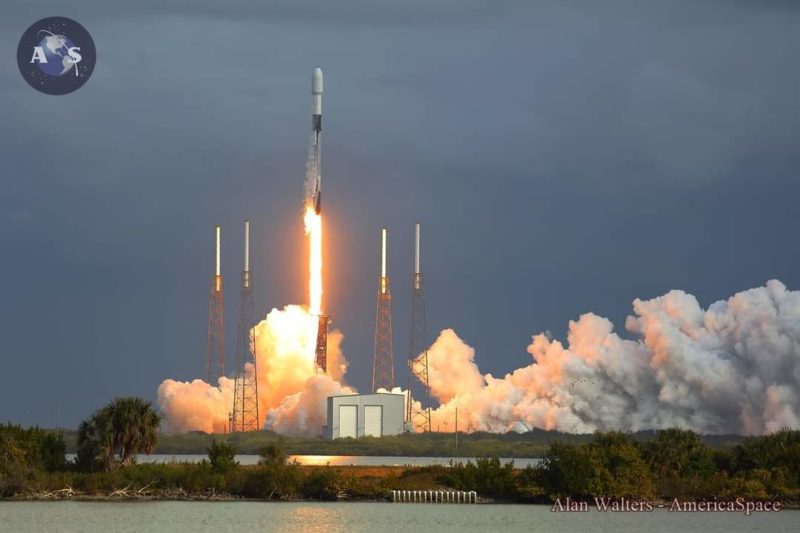
Less than eight months after it triumphantly lofted NASA astronauts Doug Hurley and Bob Behnken aboard Dragon Endeavour to begin their historic voyage to the International Space Station (ISS), the B1058 Falcon 9 core roared aloft a fifth time early Sunday to deliver a multitude of commercial and government “rideshare” payloads into low-Earth orbit. All told, 143 payloads—the greatest number of satellites ever launched on a single mission—rode uphill at 10 a.m. EST, including the first ten Starlink internet communications satellites bound for polar orbit.
Following a 24-hour delay due to unacceptable weather on the Space Coast, the Transporter-1 mission—alternatively known as SpaceX Rideshare (SXRS)-3—got underway from the storied Space Launch Complex (SLC)-40 at Cape Canaveral Space Force Station, Fla., at 10 a.m. EST Sunday, at the start of a 22-minute “window”. It was the third time a Falcon 9 had launched in 2021, with high hopes that another Starlink flight tentatively scheduled for next Wednesday may turn January into SpaceX’s second-ever, four-launch month.
Weather conditions for Saturday’s opening launch attempt were predicted to be about 60-percent favorable, with additional mid-and-upper-level cloud cover brought on by the arrival of a slowing frontal system over North Florida. This was expected to induce “isolated showers”, according to the 45th Weather Squadron at Patrick Space Force Base, as well as enhancing the mid-level cloudiness. Primary issues for Saturday were expected to be a potential violation of the Thick Cloud Rule in relation to the frontal cloudiness and the Cumulus Cloud Rule with regard to the showers. An improvement to 70-percent favorable was anticipated on Sunday.
As expected, Saturday turned out to be dull and gloomy. “Due to unfavorable weather, we are standing down from today’s launch,” SpaceX tweeted. “The team will continue with the countdown until T-30 seconds for data collection.” It was reported that efforts were geared towards the backup opportunity on Sunday.
With this morning’s success, B1058 becomes only the fifth Falcon 9 core to record five missions and just the fourth booster—when one discounts the final moments of last March’s voyage of her ill-fated sister B1048—to return to an intact landing after so many launches. And in flying so often, she has now logged a new record for the shortest time it has ever taken a single Falcon 9 core to roar aloft five times.
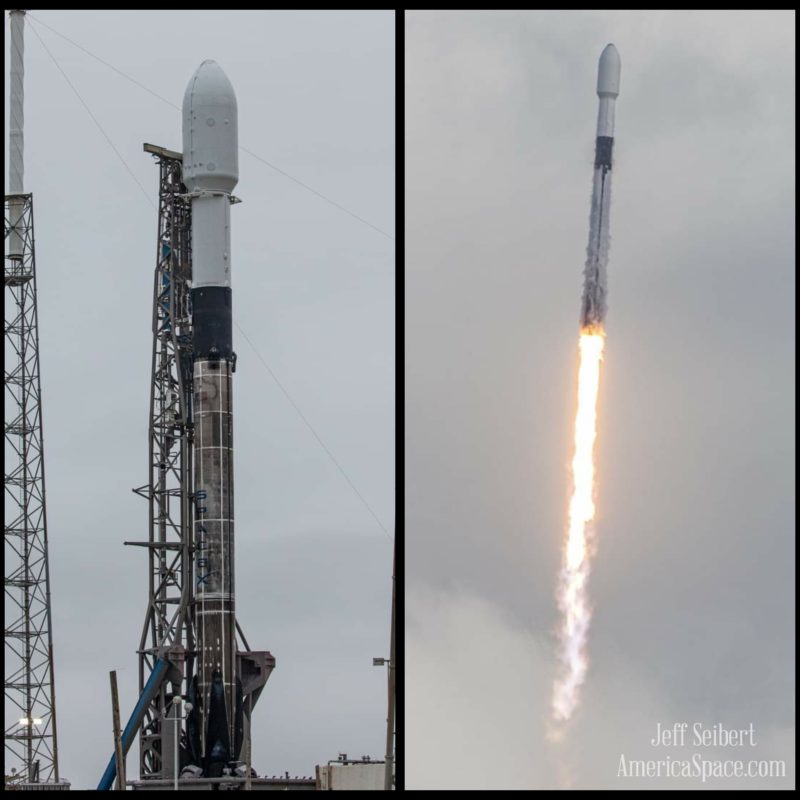
As of this morning, a mere 239 days had elapsed since B1058 set off on her maiden voyage with Hurley and Behnken on their “Excellent Adventure”. In doing so, she neatly surpasses fleet leader B1051, which held the previous record of having flown her most recent five missions in just 273 days between April 2020 and last Wednesday.
In launching Dragon Endeavour last 30 May, B1058 helped to realize the promise of the Commercial Crew Program to return U.S. astronauts to space, aboard U.S. rockets, and from U.S. soil, for the first time since the end of the Space Shuttle era. Following a smooth launch and return to the deck of the Autonomous Spaceport Drone Ship (ASDS), “Of Course I Still Love You”, the core was reprocessed for a second launch on 20 July, during which she lifted South Korea’s ANASIS-II military communications satellite to orbit.
Flying a second time in only 51 days, B1058 eclipsed an almost 35-year-old record for the shortest period between two launches by a reusable, orbital-class booster. She broke the 54-day launch-to-launch record set by shuttle Atlantis’ STS-61B crew, way back in November 1985.
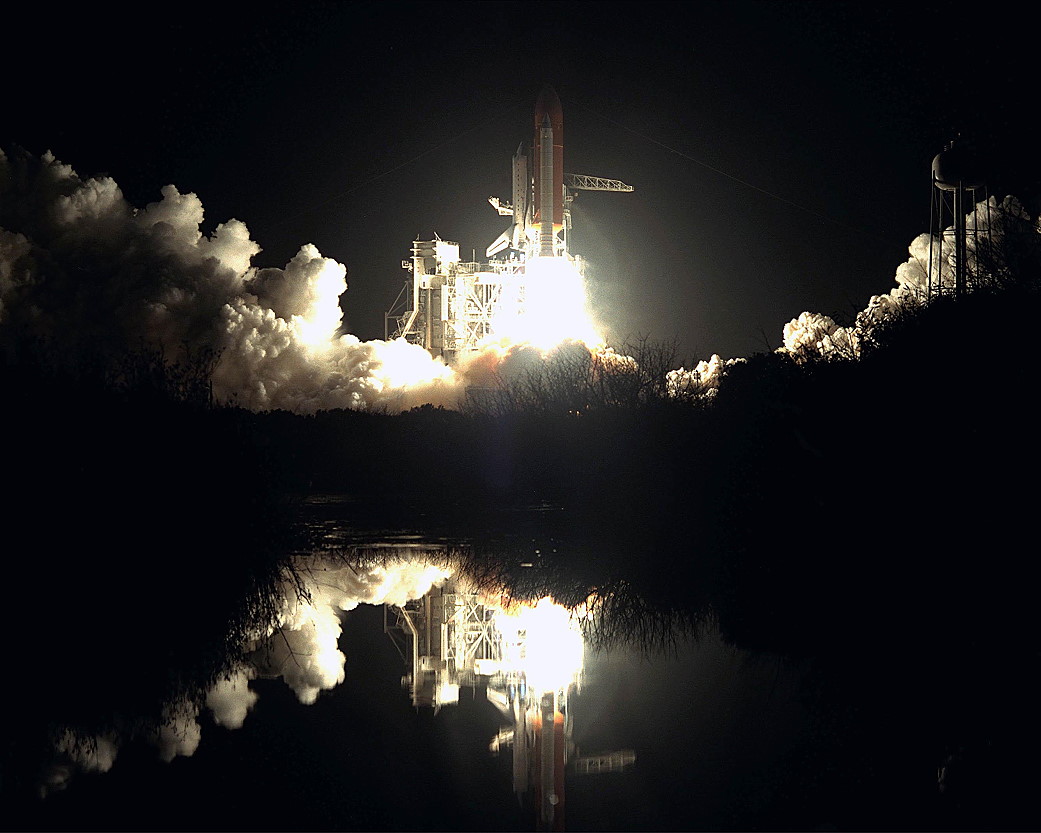
Third and fourth flights followed in rapid order. B1058 deployed 60 Starlink low-orbiting internet communications satellites into space on the morning of 6 October—helping to break the curse of a delay-prone “Scrubtober” on the Space Coast—and set a record for the shortest interval (only 129 days) between three launches by the same orbital-class booster. On 6 December, she recorded the 100th fully-successful mission by a member of the Falcon 9 rocket family when she boosted the CRS-21 Dragon cargo ship to the space station. This flight also set a record for the shortest interval (only 190 days) between four flights by the same booster.
Taking pride of place on today’s flight was the first SHERPA-FX commercial satellite dispenser, officially unveiled last summer and provided by Seattle, Wash.-headquartered smallsat launch provider Spaceflight, Inc. An earlier variant of the SHERPA was used on the firm’s first dedicated rideshare mission with SpaceX, the SSO-A SmallSat Express, launched out of Vandenberg Air Force Base, Calif., with a record-breaking 64 discrete payloads, back in December 2018. SSO-A represented the largest quantity of smallsats ever launched by a U.S. rocket at that time.
But a new generation of SHERPAs—the first of which flew today—carry a far broader range of capabilities, acting as an Orbital Transfer Vehicle (OTV) and effectively providing the Falcon 9 with a third stage. With a total spacecraft mass of around 850 pounds (385 kg), SHERPA-FX has the functionality to physically separate from the second stage of the rocket, using its own integrated avionics, before initially any of its smallsat deployments. “The vehicle,” noted Spaceflight, Inc., “is capable of executing multiple deployments, providing independent and detailed deployment telemetry and flexible interfaces.”
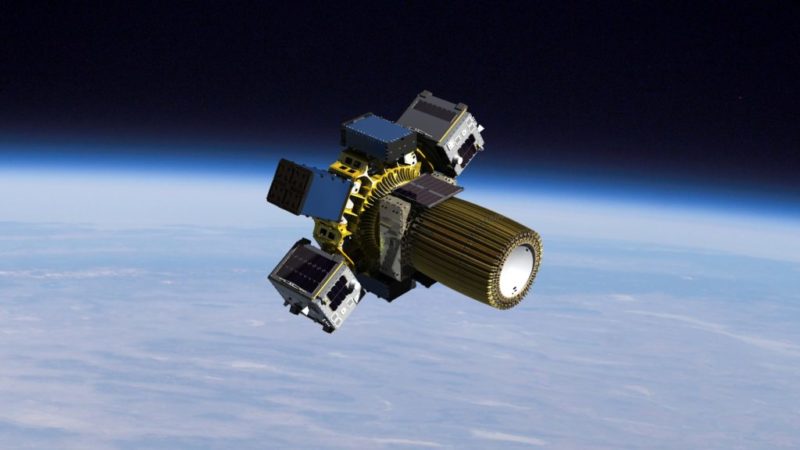
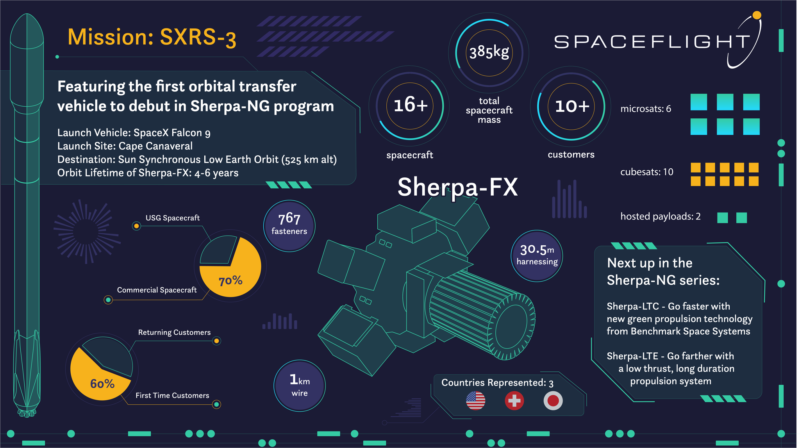

Future SHERPAs are expected to benefit from “greener” in-space propulsion systems, following last August’s agreement between Spaceflight, Inc., and Benchmark Space Systems of Burlington, Vt. This is expected to lead to a range of non-toxic chemical propulsion solutions “to accelerate satellite rideshare deployments to prime orbital locations” using SHERPA.
Last June, Spaceflight, Inc., and SpaceX signed a Multi-Launch Agreement to secure capacity on “several” Falcon 9 missions, due to launch through late 2021. It was stressed by Spaceflight, Inc. President Curt Blake that the “consistent launch schedule” demonstrated by the SpaceX Falcon 9 fleet would enable the provision of more reliable and less expensive rideshare options for commercial clients. According to Spaceflight, Inc., a total of 16 of its payloads—of which 15 will ride the SHERPA-FX—flew on Saturday’s mission, in what has variously been described as “Transporter-1” or “Smallsat Rideshare Mission-1”.
“Spaceflight is committed to providing unmatched launch flexibility for customers, whether that’s re-manifesting on a different vehicle, due to delays, deployments to exotic or special orbits or the ability to fly and operate “hosted” payloads,” remarked Spaceflight, Inc.’s senior vice president for business development, Grant Bonin.
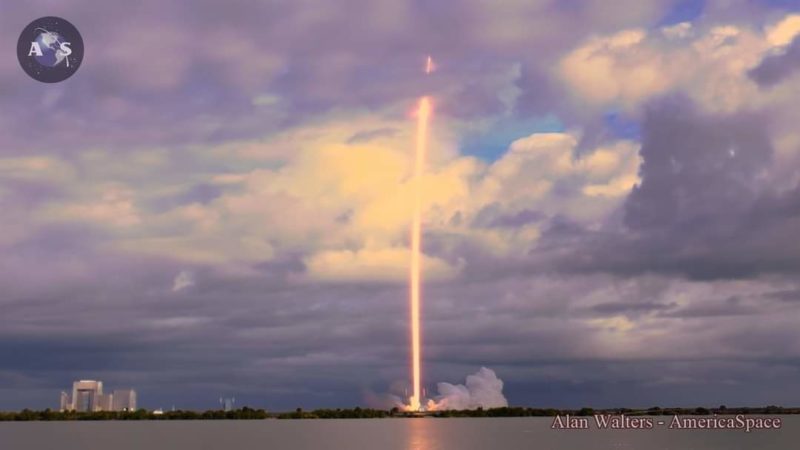
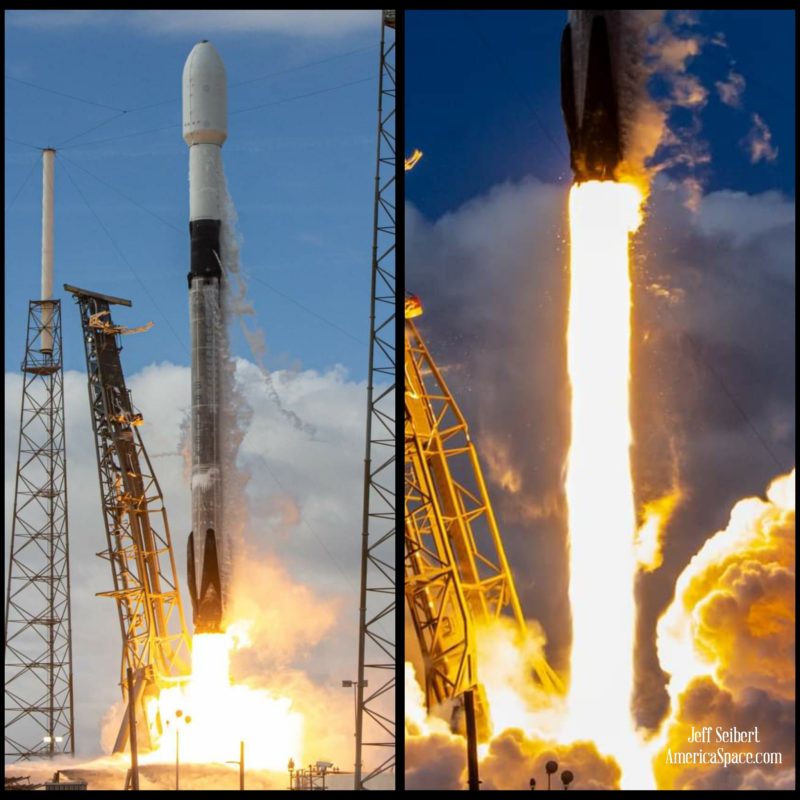
“In-space transportation is essential to meeting our customers’ specific needs to get their spacecraft delivered to orbit exactly when and where they want it. If you think of typical rideshare as sharing a seat on a train headed to a popular destination, our next-generation SHERPA program enables us to provide a more complete door-to-door transportation service.”
Spaceflight, Inc.’s primary payload for Transporter-1 reportedly comprises 16 small satellites, 15 of which will reside directly on the SHERPA-FX. “Not only is it the debut flight of our next-generation SHERPA,” said Spaceflight, Inc.’s Senior Mission Manager Ryan Olcott, “we managed the end-to-end launch experience for ten CubeSats, four microsats and two hosted payloads, all during a global pandemic.”
In addition to Spaceflight, Inc.’s dedicated payloads, the Transporter-1 mission carried dozens of small CubeSats, microsats and orbital transfer vehicles for commercial and government customers.
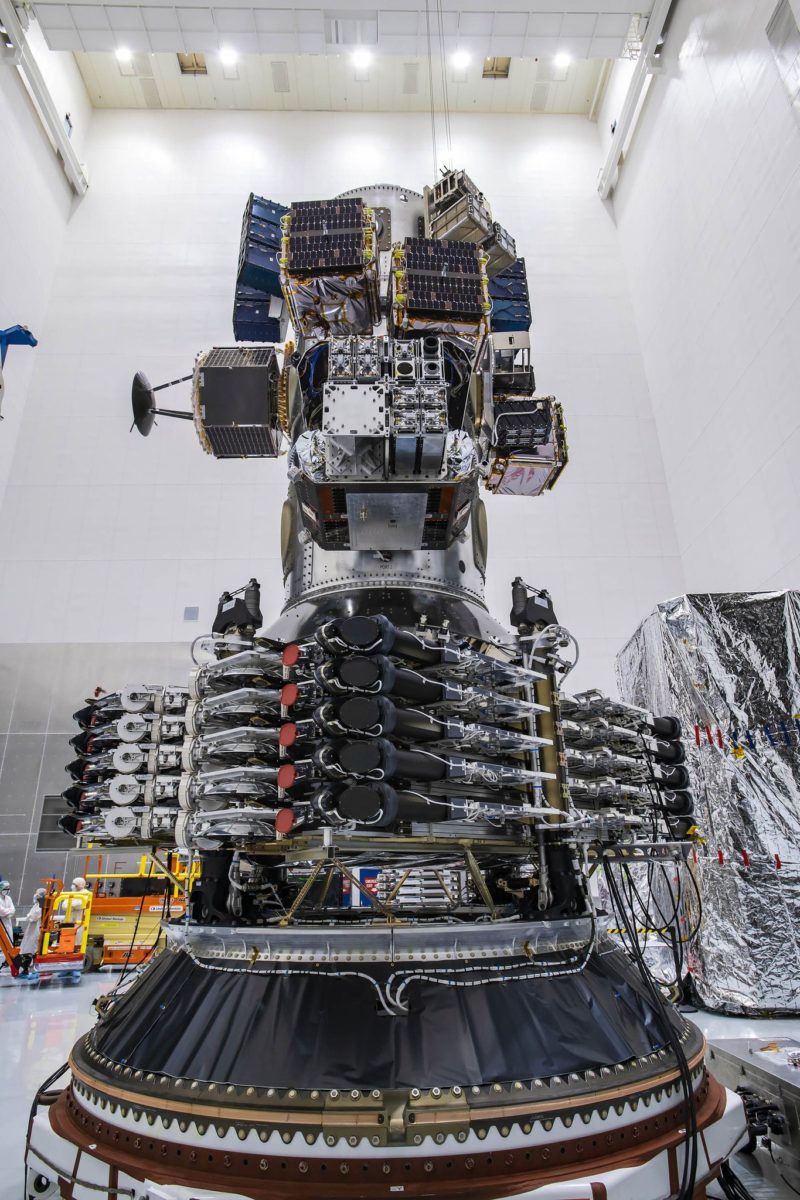
Transporter-1 marks SpaceX’s first dedicated SmallSat Rideshare Program Mission and its 143-strong cargo of small satellites originate from a multitude of commercial and U.S. Government entities. Ten of those payloads are easily recognizable—a smaller-than-usual batch of Starlink internet communications satellites, uniquely bound for polar orbit—whilst the other 133 CubeSats, microsats and orbital transfer vehicles are assigned a range of quite different scientific and technical objectives.
Among their number are several Synthetic Aperture Radar (SAR) instruments for Earth observations, together with small satellites tasked with weather and climate monitoring, the measurement of aerosol pollutants and other “greenhouse gases” and student-led investigations into terrestrial, ionospheric and solar physics.
Multiple technology demonstrators will also ride Transporter-1, ranging from optical communications systems to autonomous formation-flying satellites and from rendezvous and proximity operations to assessing the effects of atomic oxygen on spacecraft components. And the contributors to Transporter-1 are truly international in their depth and breadth, spanning students and research teams from the United States to Germany, from Finland to Canada, from Italy to Taiwan and from Switzerland to Japan.
The first phase of today’s mission proceeded like any normal Falcon 9 mission, with B1058 separating from the stack at 2.5 minutes into ascent the Merlin 1D+ Vacuum engine of the second stage continuing the push into orbit. A brief circularization burn by the Merlin 1D+ took place at 54 minutes into flight, after which a complex deployment process for the multitude of payloads got underway.
Over an approximately 40-minute period, the payloads were separated, some singly, some in groups, with the ten Starlink satellites departing last. With 143 discrete payloads deployed, today’s launch eclipses the February 2017 flight of India’s Polar Satellite Launch Vehicle (PSLV) with 104 satellites aboard.
.
FOLLOW AmericaSpace on Facebook and Twitter!
.
.
Missions » Commercial Space » Starlink »



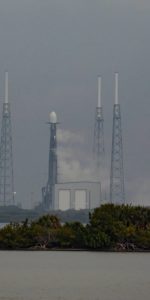
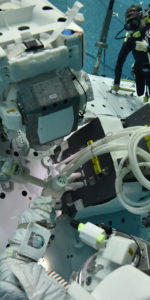
3 Comments
3 Pings & Trackbacks
Pingback:SpaceX Launches Starlink-17, Lands Now 8x-Flown Rocket « AmericaSpace
Pingback:Falcon 9 Marks 4th Launch in Four Months With Midnight Starlink Mission « AmericaSpace
Pingback:SpaceX Launches CRS-22 Cargo Resupply to Space Station, Gears Up for SXM-8 Mission This Weekend « AmericaSpace